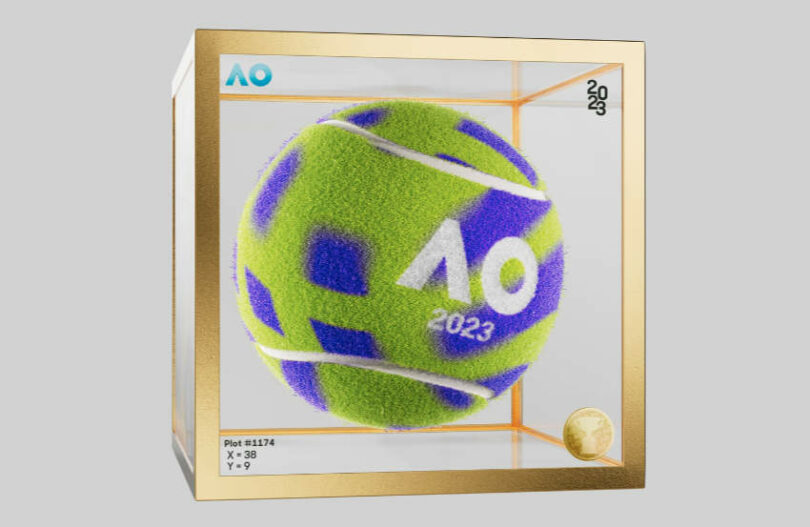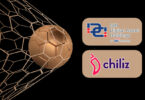In January, 900,000 visitors attended the Australian Open (AO) tennis event in real life, with remote visitors able to engage via the metaverse. AO expanded its web3 offering in 2023, aiming to make AO the most accessible sports and entertainment event.
This year, the virtual events consisted of the AO ArtBall 2023 and the AO metaverse. AO Artball linked NFTs to a 19x19cm plot on the tennis court, and if the winning shot from any Australian Open match landed on the spot, the data was recorded on the NFT. The owner was then provided with benefits like wearables, the winning tennis ball in case of a championship game, and ground passes for the finals week of the tournament in the successive year. The AO metaverse involved a virtual hosting of the game alongside other virtual events in Decentraland, a 3D virtual world platform.
The Australian Open’s venture is seen as one of the more successful entries of sports events into web3. In an interview during yesterday’s SportsPro Ignition event, the Australian Open’s Ridley Plummer discussed the innovations made by AO in this space and threw some light on the learnings from its digital strategy.
While the north star of the venture was to make the sports event accessible, it also focused on adding value to owners of the product, making the NFTs more than just a digital collectible. In this case, the NFTs doubled as a digital membership for the event. For membership to be valuable to a customer, its benefits must extend across time and provide unique advantages beyond a normal ticket to a game.
In AO Artball, owning the NFT that scored a Match Point on the AO23 court could win two tickets to the equivalent match at AO24. This aspect provided both an advantage as well as sticky integration – meaning that members would return to the product in successive years. Additionally, AO aimed to engage fans during months when other tennis events happen around the world.
The front-loaded financial conundrum of NFTs
However, considering all the add-on services of the product, Plummer acknowledges the difficulty of ensuring a consistent revenue stream. While NFTs make a lot of revenue early, most of the earnings are reinvested into the services provided. To ease the financial pressure, AO aims to bring new members to the community consistently. This is done through new releases of the NFTs each year. For example, in Jan 2022, it sold 6776 ArtBall NFTs. In 2023, it introduced additional benefits and sold 2454 new NFTs. And it’s planning to add roughly the same number each year.
Another part of AO’s strategy was to increase community engagement via the metaverse. This had to be done through services that are not conventionally provided. For instance, a live telecast of the game is not a sufficient incentive to keep fans visiting the metaverse space. Therefore the metaverse experience provides additional content such as behind the scenes footage, access to party events, and interactions – activities that are otherwise not available to a visitor to the physical event.
To tie these add-on services together, the brand also requires trustworthy partners. For the metaverse experience, AO leveraged Decentraland. In addition to providing a ready-made virtual real-estate environment for hosting experiences, it also allowed the brand to sell sponsorship slots on the metaverse. Considering that the metaverse extends the physical experience with new footage and engagement events, many brands find value in investing in it.







